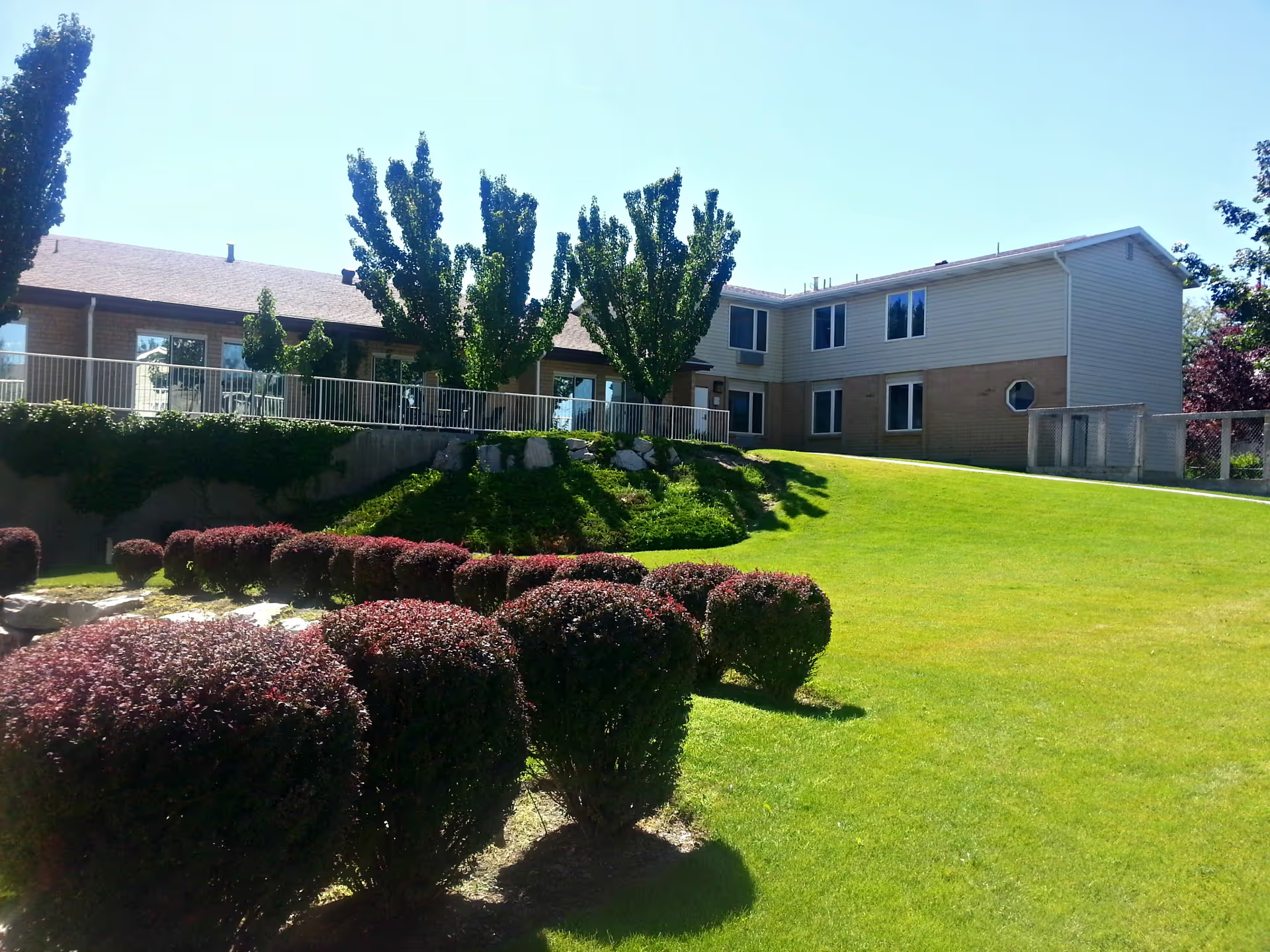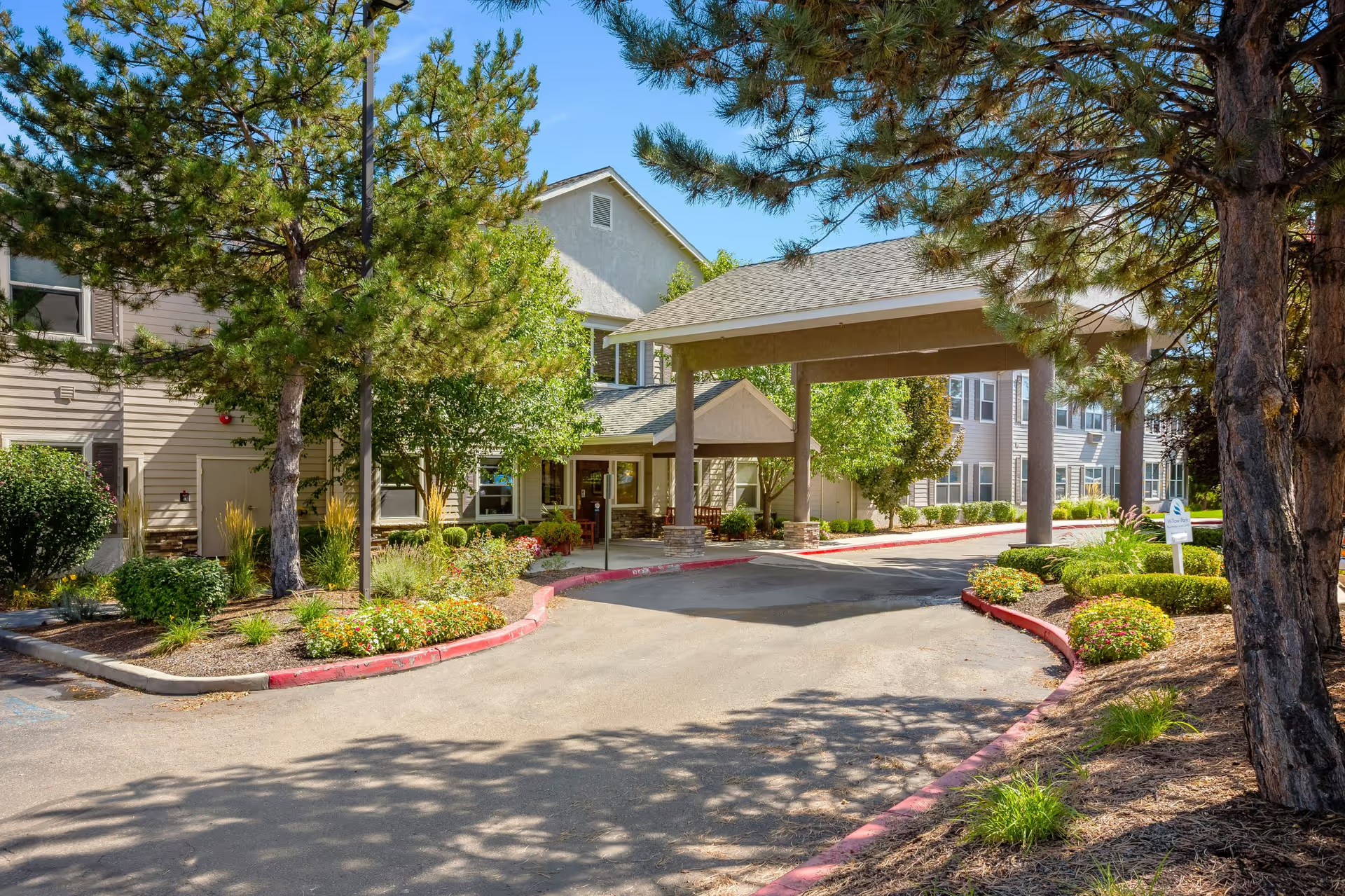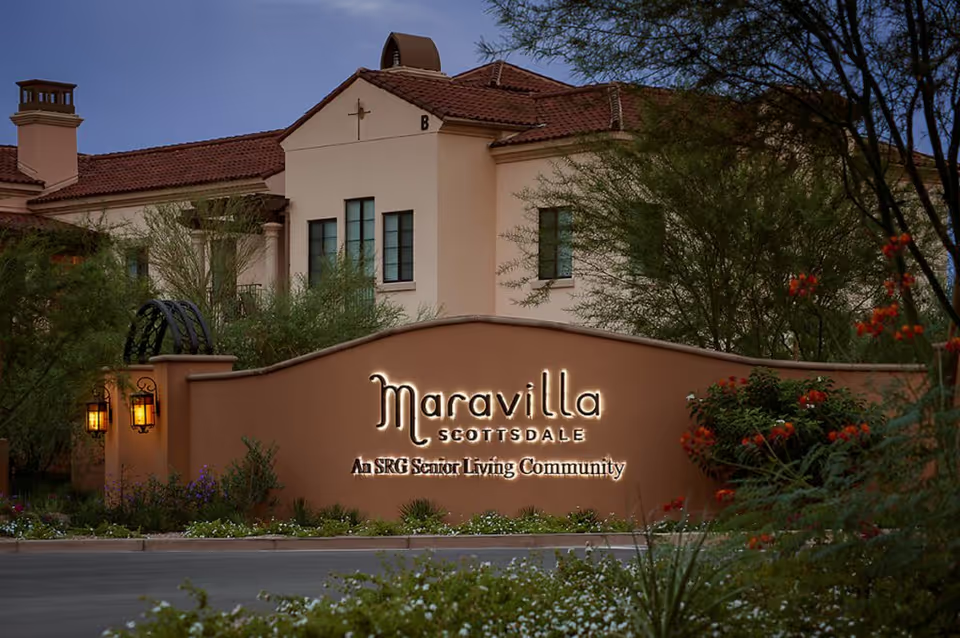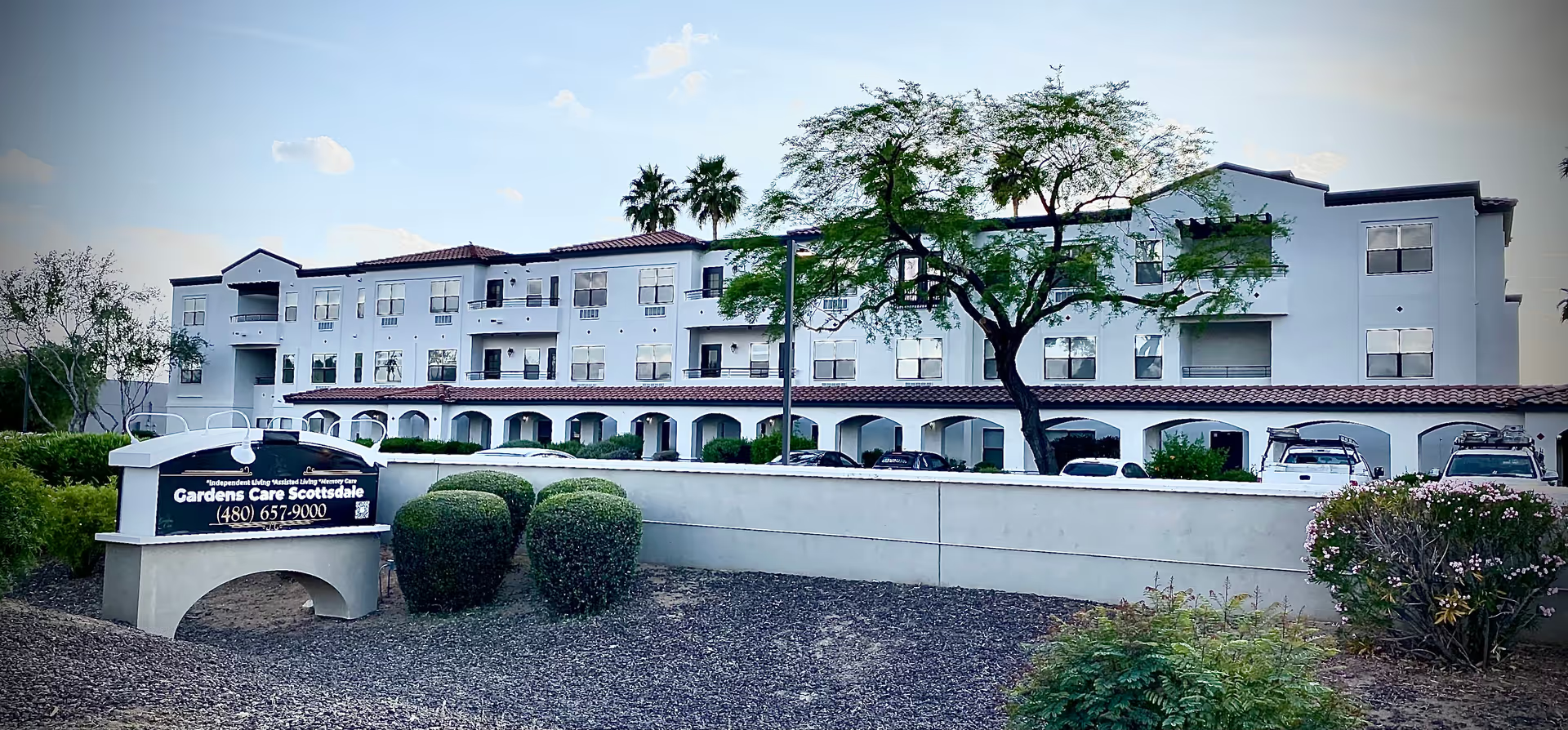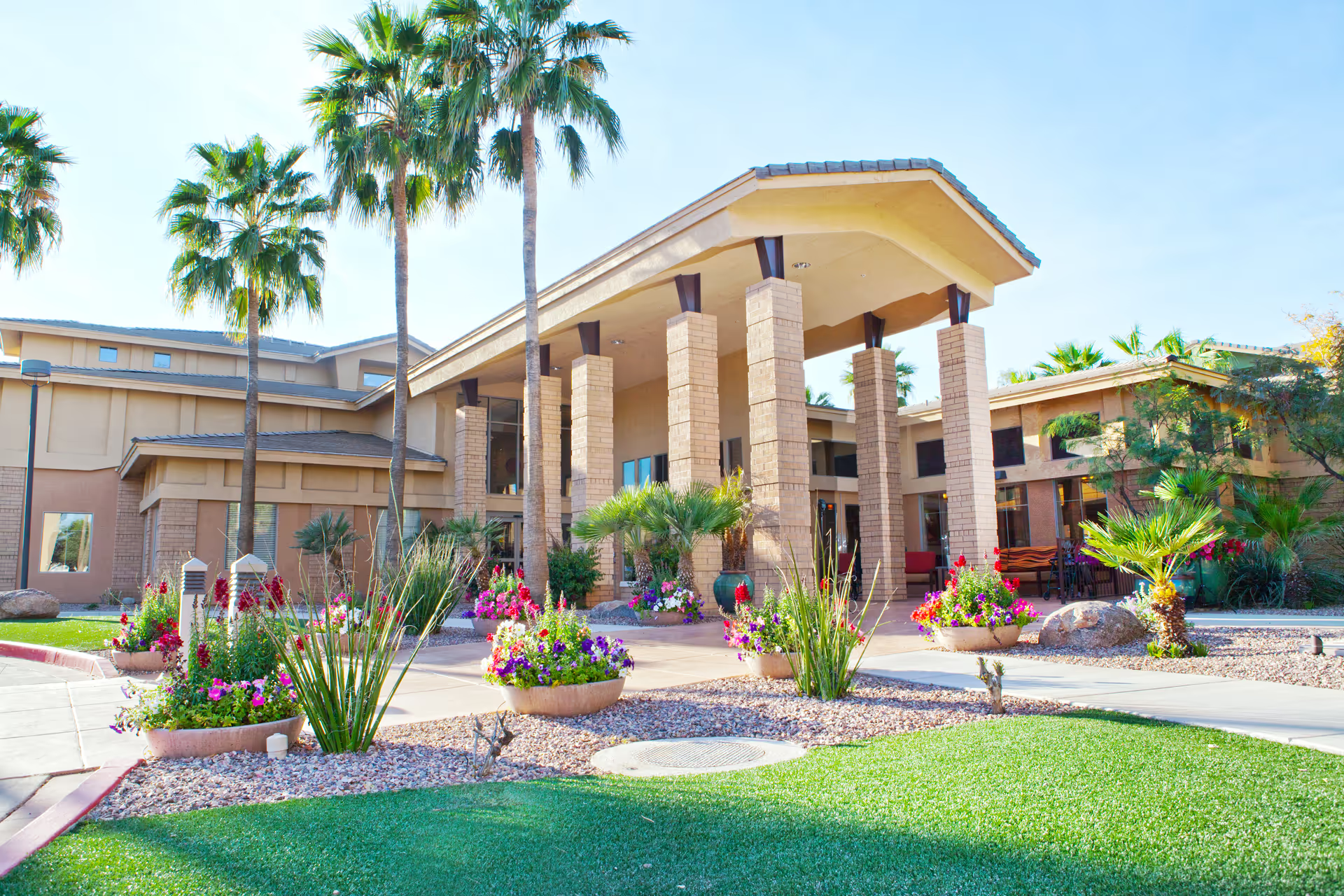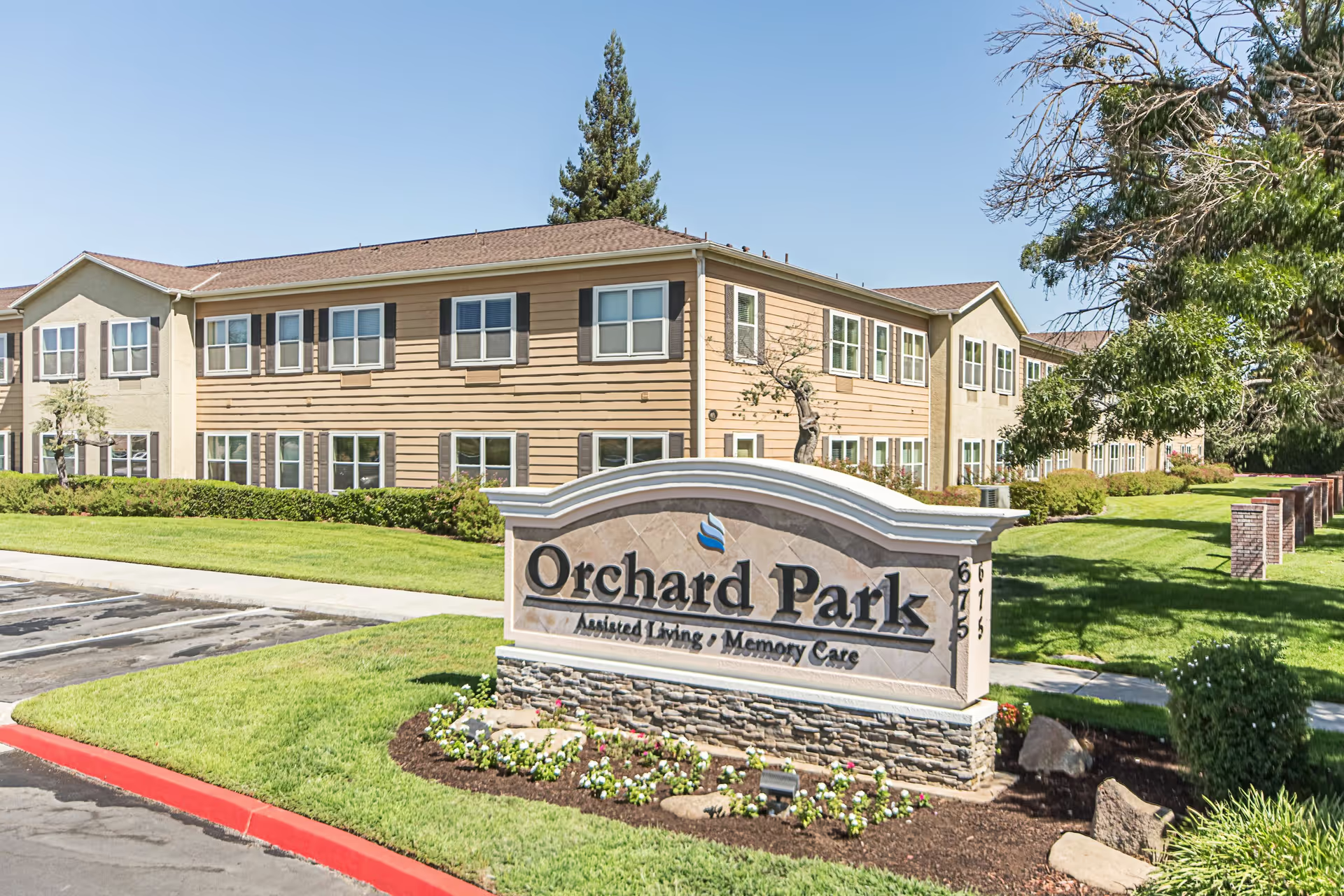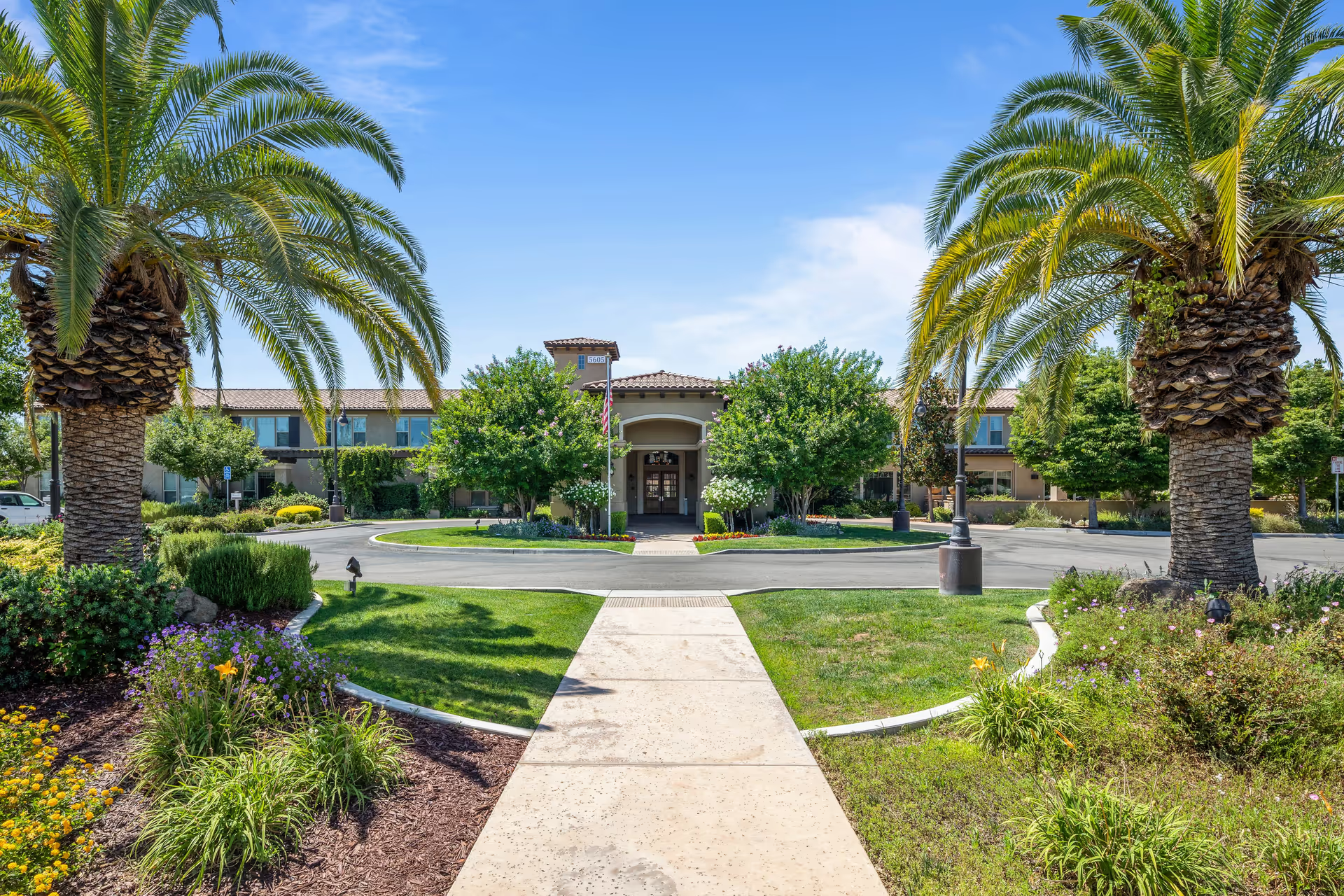Overall sentiment is mixed but strongly polarized: a majority of reviewers describe Escalante at Willow Creek as a warm, clean, well-run community with compassionate, dedicated staff who create a family-like atmosphere. Many families praise individual caregivers and leaders by name (for example, Heather Kincaid, Sonya, Sara J, and Susan), and repeatedly highlight staff willingness to go above and beyond, attention to resident dignity and safety, and an environment that feels homey and welcoming. The facility’s appearance, cleanliness, updated décor, attractive grounds (including views, koi pond and communal spaces), and good meals are frequent positives. Activity programming, social interaction, religious services, and memorials are also reported as strong points that enhance resident quality of life.
Care quality perceptions split by care area: assisted living and general care receive consistently positive remarks for compassion, day-to-day caregiving, and consistent attention. Many reviewers explicitly say they would highly recommend the community, citing long-term compassionate care and a supportive staff culture. Conversely, several serious concerns center on memory care and clinical practices. Multiple reviews allege medication mismanagement (overmedication, administration negligence, or medication changes made without family consultation), and reviewers tied some negative experiences to inadequate handling of Alzheimer’s behaviors. These clinical concerns are particularly consequential because they relate to resident safety, decline disclosure, and end-of-life handling.
Staffing and management emerge as two distinct themes. On the positive side, direct-care staff (caregivers, CNAs, med techs) receive high marks for empathy, teamwork, and professionalism; many reviewers say staff ‘‘feel like family’’ and note staff career growth and workplace satisfaction. On the other hand, reviewers repeatedly mention administrative instability: frequent turnover of directors and owners, corporate-level challenges, and inconsistent communication from management. Specific operational issues include delayed refunds or billing frustrations (though some families reported the director later apologized and resolved refunds), lack of timely health updates, and situations where families felt excluded due to HIPAA-related access limits. Some reviewers also reported that changes in ownership or management were not communicated clearly.
Safety and protocol adherence show mixed reports. While many reviewers praise the community for resident safety and dignity, troubling reports exist around inconsistent COVID testing protocols and at least one instance where testing occurred outside established procedures. Staffing patterns worry some families — for example, mention of only one full-time nurse overnight supported by an overnight CNA raises questions about clinical coverage during off-hours. Several reviewers advised being actively involved and advocating for loved ones, especially in memory-care placements.
Facility, dining and activities are consistent strengths: the building, grounds, rooms, and common areas are described as clean, bright and welcoming; the chef and meals receive enthusiastic praise; and the activities director and social programming are noted as positive contributors to resident happiness. Community size (smaller, home-like) is repeatedly framed as a benefit for personalized attention.
Notable patterns and risks: a cluster of detailed negative reports centers on memory care, medication administration, and communication failures surrounding resident decline and end-of-life events. These are serious concerns that contrast sharply with the many positive accounts of everyday care. Management instability (turnover, poor communication about ownership changes) compounds family frustration in those negative cases. Meanwhile, many accounts of rapid improvement under new management suggest variability over time — some families observed positive changes after leadership shifts, while others reported that changes were not communicated or caused confusion.
Practical takeaways for prospective families: visit the community in person to assess the staff-resident dynamic, ask specific questions about memory-care programming and staffing ratios (including overnight nurse coverage), request the facility’s medication management policies and communication protocols for health changes and testing, and inquire how ownership or management changes are communicated. Meet and, if possible, speak to frontline caregivers and named staff, and ask how the community involves families in care decisions. Given the polarized reviews, prospective residents and families should pay particular attention to individualized care plans, oversight of medication administration, and the community’s willingness to share timely clinical updates.
In summary, Escalante at Willow Creek is frequently described as a loving, clean and active community with many caring staff and strong daily programming, but it has a nontrivial set of serious complaints — chiefly around memory care, medication practices, staffing adequacy, and management/communication consistency. Those positives make it an attractive option for many families; those negatives suggest due diligence, family advocacy, and clear contractual expectations are essential before committing to placement.
